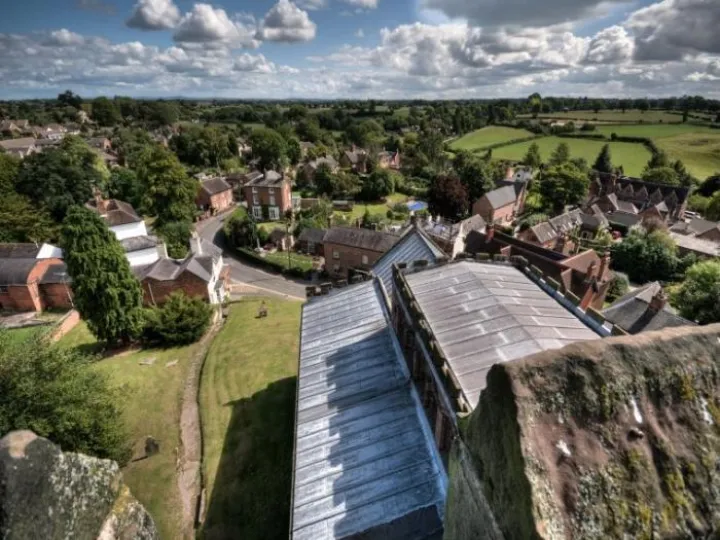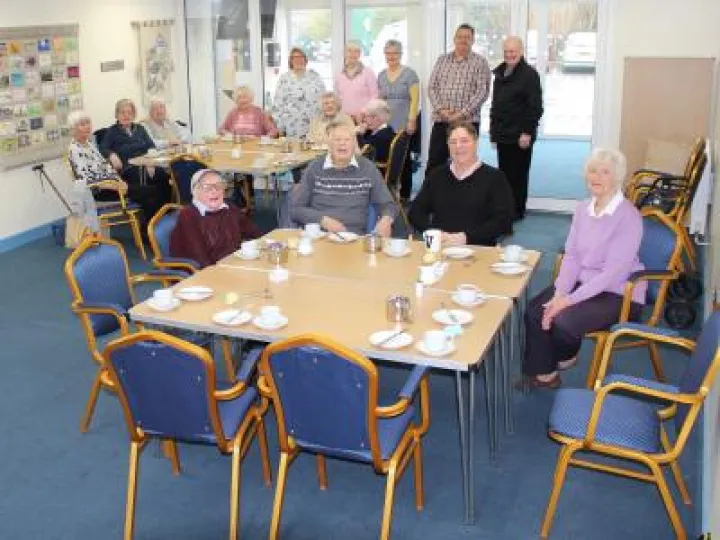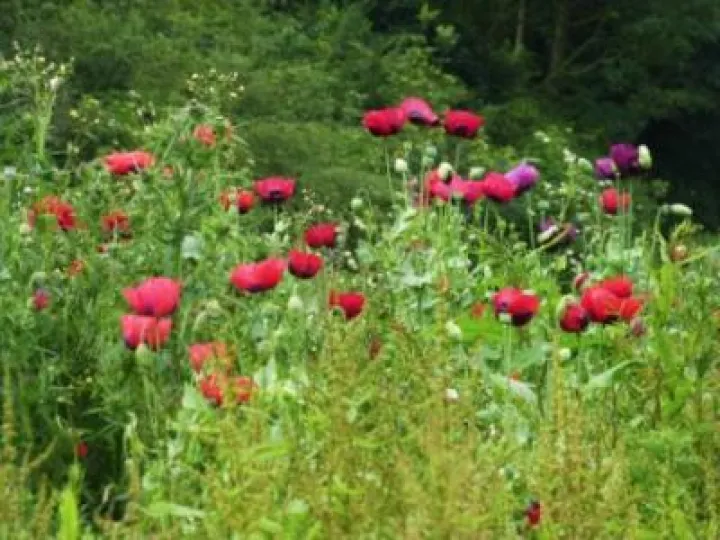
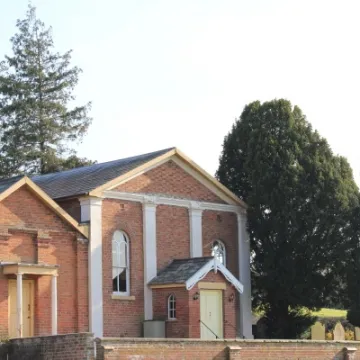


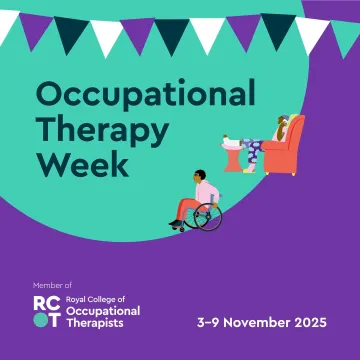
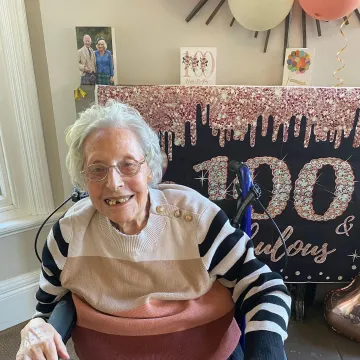
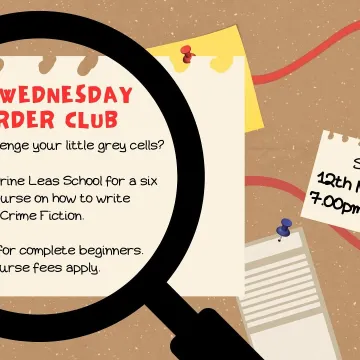

This is the report of the meeting of the Audlem District History Society on 17 November 2016. Apologies for the delay in publishing this piece, – Ed
British Medical Services in the Great War
Speaker: Helen Carter
We're still fascinated by the First World War and, in part, that must be due to our difficulty in understanding the scale of the slaughter that occurred. As well as the 750,000 British service personnel who died, more than 1.5 million were wounded. All who were not killed outright needed treatment and this was the subject of Helen Carter's absorbing, though chilling, talk.
Especially in the early stages of the war, British soldiers were seriously ill-equipped for battle. Heavy woollen uniforms and peaked caps gave little protection from the elements, let alone enemy bullets and shrapnel. Appalling conditions in the trenches, lack of basic hygiene and inadequate boots caused so-called trench foot, leading to gangrene and, often, to amputation. Gas attacks were a new danger and the intensity of the warfare gave rise to what we now call post-traumatic stress disorder, little understood at the time.
In the battlefields of northern France, an efficient system of dealing with the sick and wounded was set up, with a basic casualty station close to the front line and a field hospital further back. Here, minor injuries would be attended to and the men sent back to the front. The more seriously injured would have their condition stabilised before they were dispatched by ambulance train to the coast and then by hospital ship to the UK. Queen Alexandra's Imperial Military Nursing Service played a crucial role in providing the medical care at every stage.
Our speaker also touched on the advances in plastic surgery and prosthetic limbs which were driven by the terrible injuries suffered by so many. She brought along a selection of weaponry and medical implements which reinforced the sense of horror, but also the heroic efforts made by medical staff to care for the injured.
This article is from our news archive. As a result pictures or videos originally associated with it may have been removed and some of the content may no longer be accurate or relevant.
Get In Touch
AudlemOnline is powered by our active community.
Please send us your news and views using the button below:
Email: editor@audlem.org

